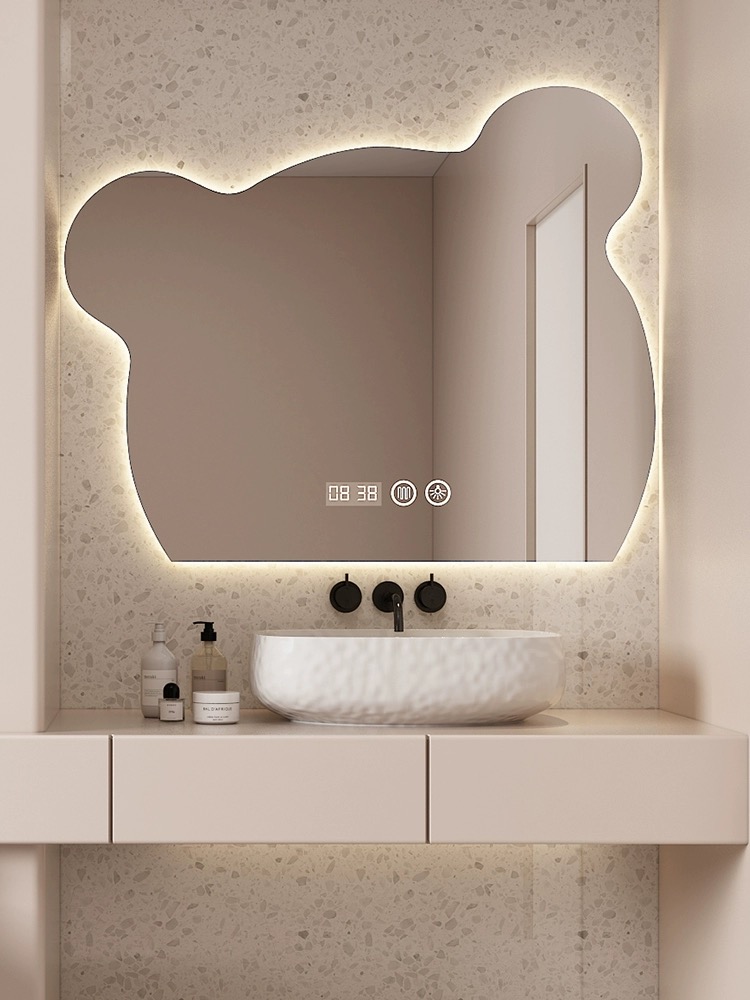

The Aesthetic and Functional Appeal of Tinted Float Glass
Tinted float glass has gained immense popularity in both architectural and automotive applications, owing to its unique combination of aesthetic appeal and functional benefits. As an essential element in modern design, tinted float glass not only enhances the visual aspects of buildings and vehicles but also offers significant advantages in terms of energy efficiency, UV protection, and privacy.
Understanding Tinted Float Glass
Tinted float glass is produced by adding metal oxides or other coloring agents during the manufacturing process. This alteration results in glass that can exhibit a range of subtle hues—from bronze and gray to blue and green. The term “float glass” refers to the method of production where molten glass is floated on molten tin, creating a smooth, uniform surface. The tinting process is integrated into this method, allowing for consistent color throughout the glass, which helps reduce the likelihood of distortion or color variation.
Aesthetic Appeal
One of the foremost reasons architects and designers choose tinted float glass is its ability to enhance the aesthetic value of a structure. The choice of tint can dramatically influence the overall look of a building, allowing it to blend harmoniously with its environment or stand out as a focal point. For instance, a sleek, blue-tinted glass can lend a contemporary feel to an office building, while darker, bronze-tinted glass can impart a sense of elegance and sophistication.
Additionally, tinted glass can be utilized to create striking visual effects through the play of light. As sunlight interacts with the tinted surface, reflections and shadows can create dynamic patterns, changing throughout the day. This ability to manipulate light makes tinted float glass a popular choice for feature walls, skylights, and glass elevators.
Functional Benefits

Beyond its aesthetic characteristics, tinted float glass offers numerous functional advantages. One of the most significant benefits is its ability to reduce solar heat gain. In areas with high sunlight exposure, buildings can become excessively hot, leading to increased reliance on air conditioning systems. Tinted glass can help mitigate this issue by absorbing or reflecting a portion of solar radiation, thereby maintaining a comfortable indoor temperature and reducing energy consumption. This energy efficiency is not only cost-effective but also contributes to a building’s sustainability profile.
Moreover, tinted float glass provides excellent UV protection. Harmful ultraviolet rays can cause furniture, flooring, and artworks to fade over time. By incorporating tinted glass, homeowners and business owners can preserve their interiors from UV damage, extending the life of their possessions and enhancing comfort.
Privacy and Security
Another critical advantage of tinted float glass is the privacy it offers. In urban settings where buildings are in close proximity to each other, tinted glass can serve as a visual barrier, allowing occupants to enjoy their space without the feeling of being overlooked. This aspect of tinted glass is especially valuable in residential applications, where people seek a refuge from the public eye.
In addition to privacy, tinted glass can also contribute to security. In situations where safety is a concern, buildings can benefit from the added layer of concealment that tinted glass provides. Intruders are less likely to peer into tinted windows, while the glass itself can be treated to enhance its strength and resistance to breakage.
Conclusion
In conclusion, tinted float glass serves a dual purpose that makes it an invaluable material in contemporary design. Its aesthetic charm, combined with functional advantages such as energy efficiency, UV protection, privacy, and security, positions it as a preferred choice among architects, designers, and homeowners alike. As industries continue to innovate, tinted float glass is expected to evolve further, offering new possibilities for artistic expression while meeting the practical needs of modern living. Whether utilized in grand commercial structures or cozy residential settings, tinted float glass remains a versatile and stylish element that shapes our built environment.